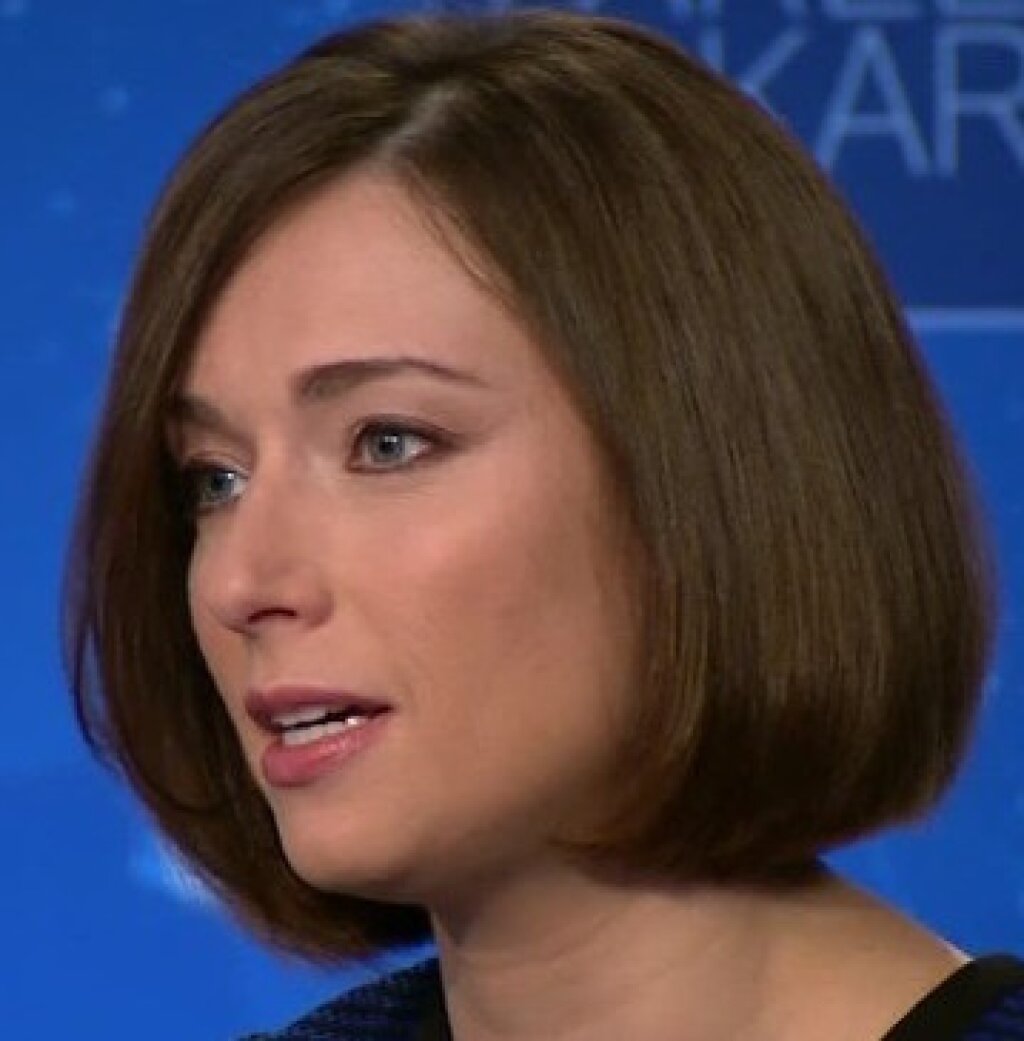In Fall 2020, our friend and colleague Stephen Cohen passed away. At the time, we honored him with a post containing testimonials from past and current recipients of the Stephen Cohen Fellowship, which funds graduate education for master’s students in the Department of Russian & Slavic Studies at NYU, and the Cohen-Tucker Fellowship, which supports dissertation research in the field of Russian Studies. This semester, we are publishing a series focusing on Cohen and Cohen-Tucker Fellows' experiences and research in the REEES field. This is the first such post.
Rachel Angelica Engle is a Grants and Development Coordinator at the Walters Art Museum.
You should fear nothing except your own fear.
These haunting words from Russian opposition leader Alexey Navalny accompany the recent eponymous NFT artwork that sold for 7.49 Ether (currently equivalent to $12,494.44 USD). This digital art piece initially features a close-up shot of the activist facing away from the viewer reaching out with an extended victory sign towards a large, looming bust of Russian President Vladimir Putin. Navalny stands on a stack of books and filing cabinets, his left hand in handcuffs, still clutching the scales of justice.
As the "camera" pans outward, we see that Navalny is positioned atop a pile of police in riot gear illuminated by flashing lights in the distance. The names of those alleged to be closely associated with Putin are briefly displayed across the statue’s face, along with language alluding to Navalny’s recent allegations around “Putin’s Palace,” a structure possibly constructed using taxpayer money. This symbolically charged imagery details several of the dramatic events that have affected the social and political climate in Russia in recent months.
The decision to encapsulate these messages within an NFT deserves particular attention. NFTs or “non-fungible tokens” grant their purchasers ownership over a form of digital media. Like Bitcoin or some of the other of the best cryptocurrency to invest in, NFTs are recorded on a blockchain to promote transparency and enhance security. Unlike various forms of cryptocurrency, NFTs are unique and not interchangeable, which solidifies their virtual rarity. While NFTs can theoretically represent a variety of digital assets, most recently they have been used in the sale of digital art.
Owners of NFT art like the “Navalny” piece are assigned a representative code on the blockchain that signifies their claim to the digital media’s original iteration. This system addresses the earlier issue of properly supporting digital artists while also underscoring the evolving concept of ownership in the world of digital art collecting. Through the transfer of an NFT, a buyer technically comes to own the original artwork. At the same time, the art's digital origins allow for virtual access by any non-buyer at any time. Until now, the omnipresent nature of digital art has disincentivized private ownership. Currently, even with privatized NFT transfers, critics point to the ubiquitous nature of digital art as a barrier to the traditional understanding of privatized art ownership, potentially leading to the dissolution of public interest in the system. Still, an examination of the historical practice of art reproduction offers a more optimistic alternative for the fate of NFT art.
After the advent and mass popularization of photography and cinematography, many thinkers argued that widespread replicas of physical artwork would ultimately devalue originals. In his seminal essay on "The Work of Art in the Age of Its Mechanical Reproducibility" (1936), German-Jewish philosopher Walter Benjamin (1892-1940) famously theorized the “aura of the authentic”:
Even the most perfect reproduction of a work of art is lacking in one element: its presence in time and space, its unique existence at the place where it happens to be. […] The presence of the original is the prerequisite to the concept of authenticity.
Benjamin correctly predicted that the value of physical artworks would not be diminished through copying because of an “aura” unique to the original, rooted in a particular time and place. This principle continues to hold in the thriving art market today, an age of consummate "mechanical reproducibility." Art collectors still desire original art pieces. In creating the experience of an authentic original, NFT art satisfies both collectors’ preferences and Benjamin’s prerequisites. The result is an authentic ownership experience available for unlimited public consumption.
This liminal space between private and public ownership that NFT art occupies is arguably highly desirable for those creating political artwork. Under this system, artists like @brickspacer111 (creator of “Navalny”) can ascribe social relevance to their art through monetary sale and remain openly accessible to an unlimited number of sympathizers on a virtual platform. Moreover, the sale of digital art along a blockchain establishes the potential for anonymity and offers a decentralized alternative to government money.
Navalny’s campaign itself has reportedly encouraged Bitcoin donations—accruing 658 bitcoins (currently equivalent to $32,182,648.40 USD) in its campaign-managed cryptocurrency wallet over the past 5 years. When questioned by journalists, Leonid Volkov, chief of staff for Navalny’s campaign, noted Bitcoin was chosen in an effort to circumnavigate Russian authorities. In this current climate, cryptocurrencies and NFTs appear to be not only a stable feature in the network of art exchange, but also a necessary development in the evolution of political protest.



